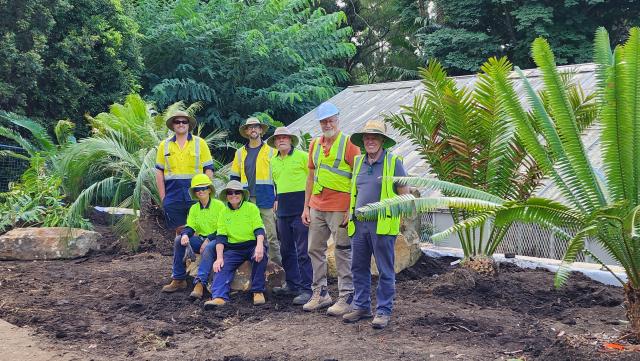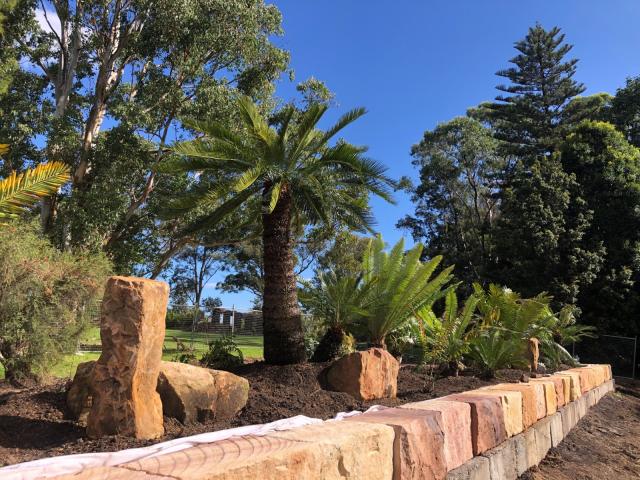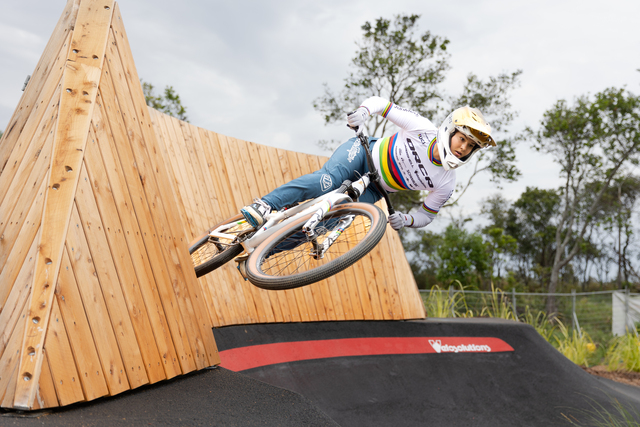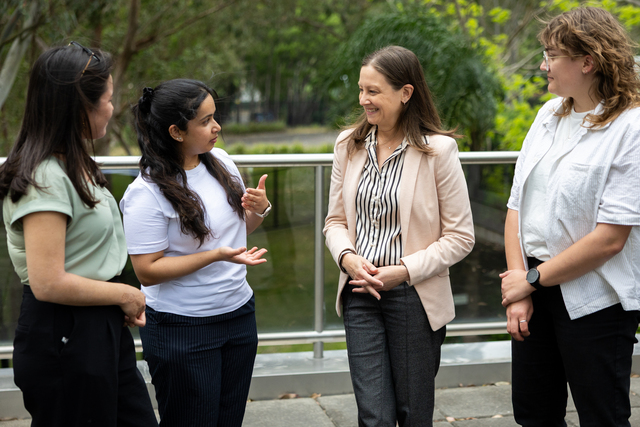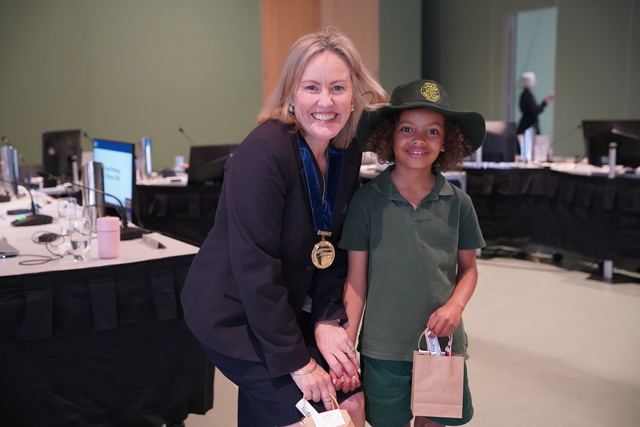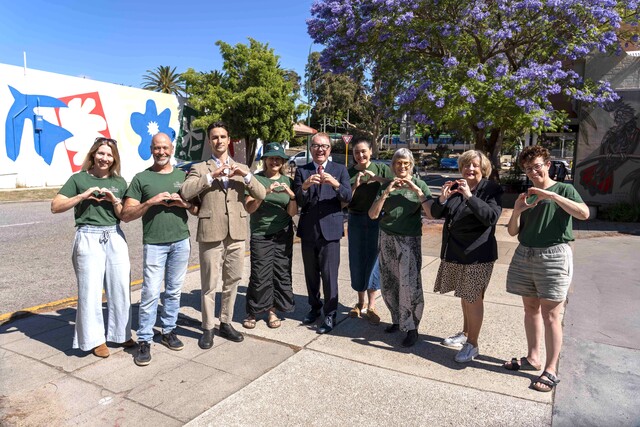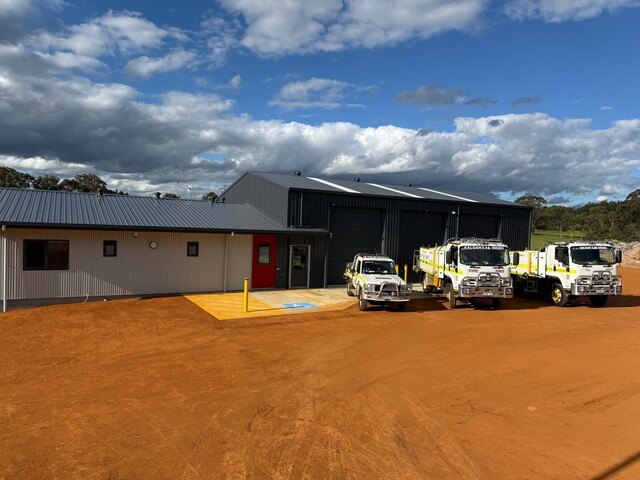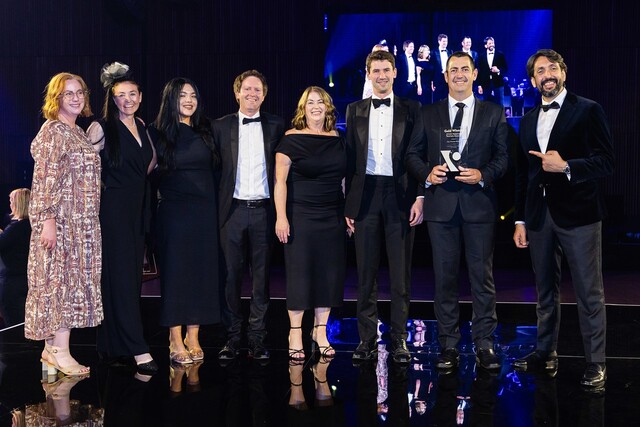Wollongong Botanic Garden has a new collection with links to the dinosaurs. Called cycads, they have been carefully relocated from the home of a private collector.
The Cycad family typically have a woody trunk with a crown of hard leaves and while they look like palms and ferns, they are not closely related to either.
Wollongong Botanic Garden Curator Felicity Skoberne said that, in addition to being one of the oldest plant species on the planet, these rare cycads have an amazing backstory.
“Half of the collection came from the Burraneer estate of the late Ian and Norma Edwards. An influential Doctor of Medicine and passionate plant collector, Ian served as Director of the International Palm Society from 1998 to 2002,” said Ms Skoberne.
“The couple had always planned for their collection to be shared and, when they passed, their friends and family obliged.”
The Wollongong City Council team worked with the Edwards’ children to carefully relocate the collection by extracting each plant by machine and transporting them on large trucks.
The remainder of the 34-strong collection were replanted from elsewhere in the garden and there was also a donation of five plants from Stan Walkley in the Sunshine Coast hinterland.
Ms Skoberne said the team was thrilled to be able to display and protect these beautiful plants.
“It’s amazing to think that these plants’ ancestors once witnessed epic t-rex fights, hid hungry velociraptors, and perhaps gave back scratches to brachiosaurus.
“The new collection includes five critically endangered plants and eight endangered species, some of which are native to Taiwan, Kenya and Tanzania, and the Philippines.
“Cycads are generally considered slow growers so to have a collection of older plants like these is wonderful.
“Many species of cycad are under threat in the wild due to both habitat destruction and over-collection for food, medicine or the illegal plant trade.
“Ultimately, this collection will support conservation efforts through education and seed sharing in our botanic garden networks. It will grow even more impressive with time,” said Ms Skoberne.

